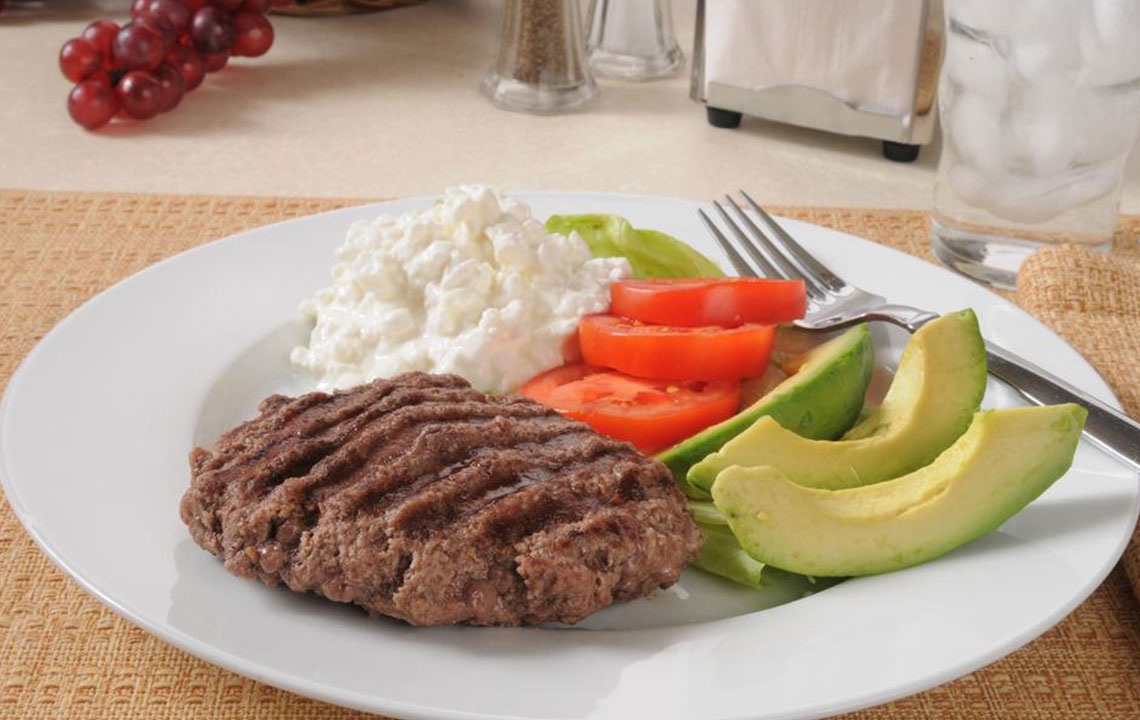Understanding the Principles of a Paleo Diet
This article explains the fundamentals of the paleo diet, highlighting key food choices like grass-fed meats, vegetables, and fruits. It emphasizes the diet's health benefits, including weight management and muscle building, by mimicking our ancestors' eating habits. The piece also discusses excluding processed foods and grains, supporting a natural and holistic approach to nutrition. Suitable for anyone interested in paleo living and healthy eating, it offers practical dietary guidelines rooted in ancient human habits. Ideal for health-conscious readers seeking a balanced, natural diet plan.

Understanding the Principles of a Paleo Diet
The Paleo diet centers around the concept of eating foods that our ancient ancestors would have consumed. This involves choosing items that could be hunted or gathered in early human times. Such foods include leafy greens, nuts, meats, seeds, local vegetables, and fish. One advantage of this diet is that it eliminates calorie counting, focusing instead on food quality. Consuming 500 calories of chips differs significantly from 500 calories of spinach in terms of health impact. By removing certain processed foods permanently, calorie counting becomes unnecessary.
The Paleo diet promotes eating until full, without counting calories, to improve health, support weight loss, and build muscle. Humans shifted from their hunter-gatherer origins to consuming modern foods like pre-packaged meals due to ancient agricultural practices. This change led to a body that burns carbohydrates instead of fat, often resulting in health issues. While dietary guidelines suggest high grain intake, the human body prefers high-quality meats, vegetables, and seasonal fruits.
What are the core components of a Paleo diet?
Grass-fed meats. Animals fed grains tend to produce similar reactions in humans, but grain-fed meat is still a better choice than grains.
Poultry including chicken, turkey, duck, etc.
Wild-caught fish, as opposed to farmed fish, which may contain toxins like mercury.
Eggs, particularly omega-3 and cage-free options.
Vegetables, avoiding deep-fried varieties.
Natural oils such as coconut, olive, and avocado oil.
Fruits, which are higher in natural sugars and carbohydrates.
Nuts in moderation, along with tubers like sweet potatoes and yams.
Note:
This article provides general information on health conditions, symptoms, and treatments. It is not intended as professional medical advice. Readers should consult licensed healthcare providers for personalized guidance and avoid relying solely on this content for health decisions.










